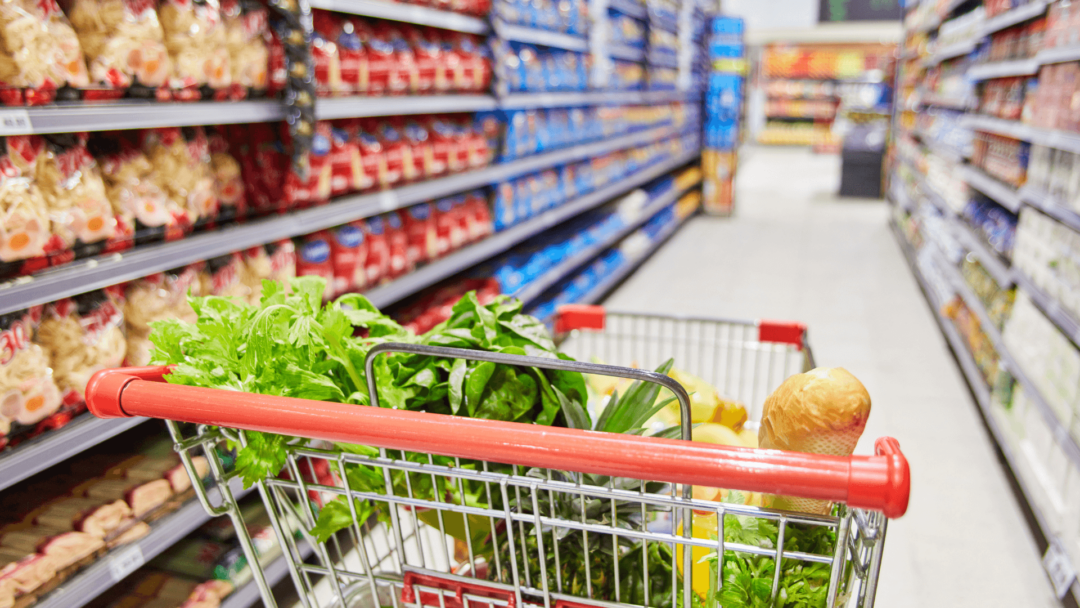We’ve all heard it before: “I’m sorry, we’re fully booked” after opening the door to the restaurant where we wanted to have dinner with Madame or Monsieur, accompanied by hungry children, or with a potential future conquest who just found us unexpectedly unprepared, thus becoming instantly much less future…
For revenue managers, experts in forecasting and anticipation, navigating through all seasons, it paints an unfavorable picture. If we’ve just experienced embarrassment, the restaurateur, by being full and turning people away, loses money (he could have sold at a higher price).
And what’s worse: losing face or losing money? Despite what Cyrano might think, for the rest of our article, the answer is clear: losing money!
Introduction to Revenue Management in the restaurant industry
Our restaurateur should adopt a Revenue Management strategy. While this industry has all the ingredients to be eligible for revenue management, it provides exceptional richness for effective management. Few sectors offer as many optimization levers!
To begin, let’s define the unit of constraint. This unit may differ from the product we sell. For example, some players in tourist residences sell per person, and therefore per bed. However, the unit of constraint is not the bed but the room. Once a person occupies the double room, the second spot in the bed cannot be sold. It may seem complicated…
In the case of restaurants, the unit of constraint is not the seat but the table (we rarely dine in front of a stranger). However, unlike tourist residences, where the number of rooms is fixed by category, in the restaurant business, this number can vary at any time. Two square tables for two people placed together form a table for four. Three tables offer six covers. You will also notice the low number of round tables in restaurants. Although more convivial, they do not offer this flexibility to the restaurateur.
Lastly, from a temporal perspective, the equivalent of an overnight stay for a restaurant should be a minute. However, as the restaurateur can make customers wait a few minutes at the bar, this temporality would be more on the quarter-hour. The goal is to maximize the revenue of the unit of constraint: a table for 2 x quarter-hour.
If you want to learn more, we recommend reading this article on Revenue Management in the catering industry.
RM optimization levers in the restaurant industry
Firstly, some restaurateurs simplify the « length of stay » lever by creating 2 or 3 services. From « Closed to Arrival » at 7:45 PM, 8:00 PM, 8:15 PM, 8:30 PM, 8:45 PM, 9:15 PM, 9:30 PM, only arrivals at 7:30 PM and 9:00 PM are accepted, thus constituting two services with a duration of 1.5 hours per table. After that, everyone is out! Others use « Closed to Departure » for certain offers. If you leave before 12:30 PM, you get a 15% discount on the bill.
The goal of these restrictions is to smooth demand over the entire service, avoid empty tables, and limit demand shifts due to overly early arrivals or excessively late departures. As everywhere, the most crucial lever for generating revenue is capacity utilisation. Once you’re fully booked, you can enhance the Average Daily Rate.
And once again, there are numerous levers to enhance the Average Daily Rate in the restaurant industry!
- Menus vs. À la Carte. We all have in mind menus that are not available on Friday nights and weekends, mandatory menus for New Year’s Eve or Valentine’s Day. These would be equivalent to our fare classes. The lunch set menu at €12.50 is closed on Friday nights.
- Menu composition. Some restaurateurs offer packages like starter + main, main + dessert; some include a beverage. Depending on production costs and clientele, it’s interesting to favor one or the other. This allows for attractive prices. It’s the unbundling of the airline industry: if you want a drink, you have to add it. Note that there is never free coffee in the menu. Why? Because customers systematically add it. And since the profit margin on coffee is colossal, why include it?
- The price of each dish. While some restaurateurs operate on a Cost+ model (adding a percentage to production costs), others adjust prices based on what customers are willing to pay. This is the strategy of tourist trap restaurants lucky enough to have an especially attractive location.
- Reserved tables that become available to manage demand. Depending on the number of people who show up, have you ever noticed how certain reserved tables become available? The restaurateur will refuse a single person or seat them at the bar but will accept the couple…
- Seating placement. Some restaurateurs set a minimum spending amount for tables with a particularly sought-after view.
- Sales channels. The Fork is ultimately a kind of hotel Booking. The restaurateur can decide to open up their services to The Fork, offering them a specific rate or not.
But for now, there is no dynamic pricing. It’s hard to imagine menu prices changing during the evening or based on reservations made for the night. Yet, with a bit of education, we could consider paying for the reservation of the seat and/or table, then settle the payment for consumptions. These reservation fees could vary depending on the days, services, and the increase in reservations. There could be an « Odd Guest Fee », a fee for an odd number of guests, for compositions that leave an empty seat. These reservation fees could be prepaid and non-refundable in case of cancellation. Since customers have already paid for the reservation and may have potentially forgotten it, menu prices become more attractive, thereby increasing the conversion rate.
Conclusion
All of this is possible in an environment where demand exceeds supply. However, the increase in raw materials and wages, coupled with the difficulty of recruiting staff, is driving prices up in a context where customers’ leisure/pleasure budget is impacted by inflation, thereby reducing the clientele.
At some point, all struggling industries have turned to revenue management. Let’s hope that leading restaurateurs follow suit so that the profession takes the leap forward.
Keywords: Revenue Management in the restaurant industry, Revenue Management, Restaurant, RM, average price, optimization levers, …


